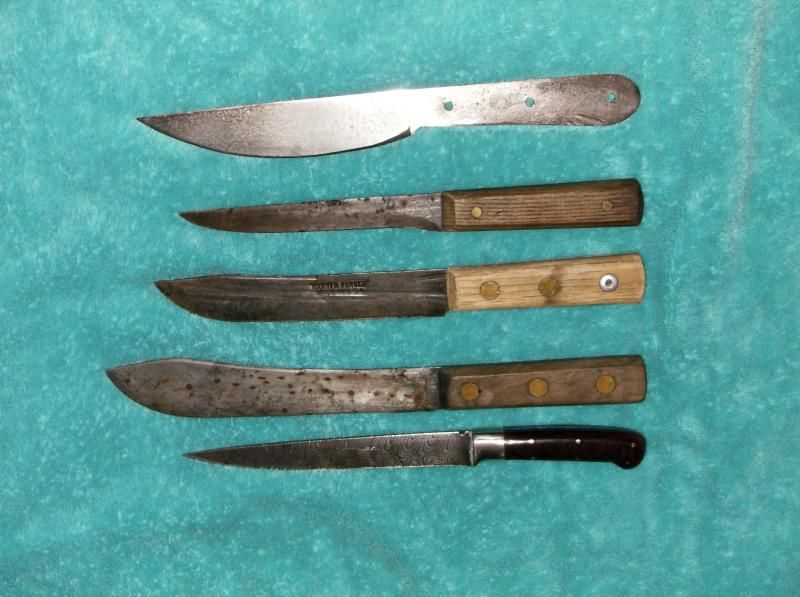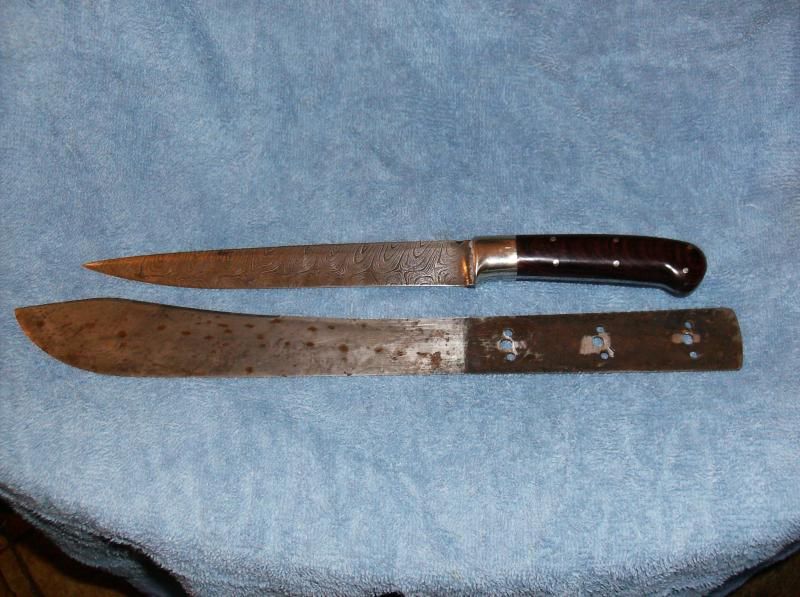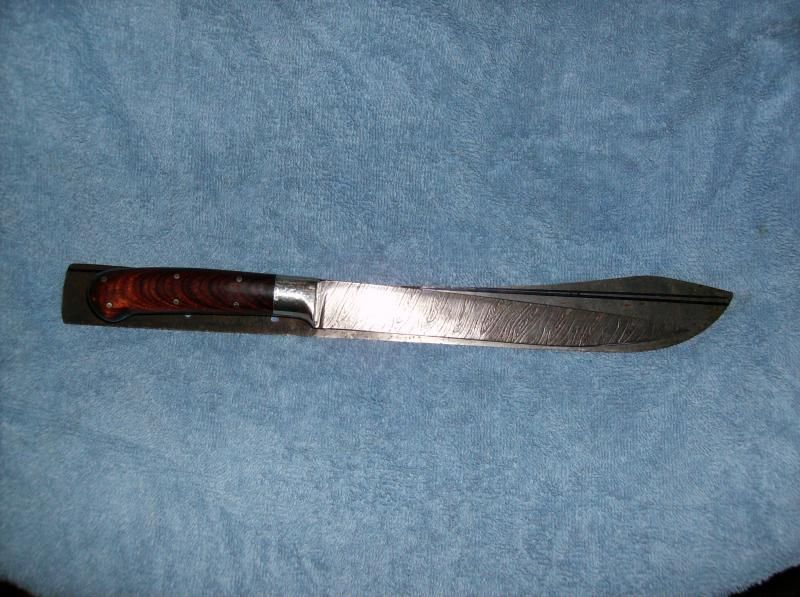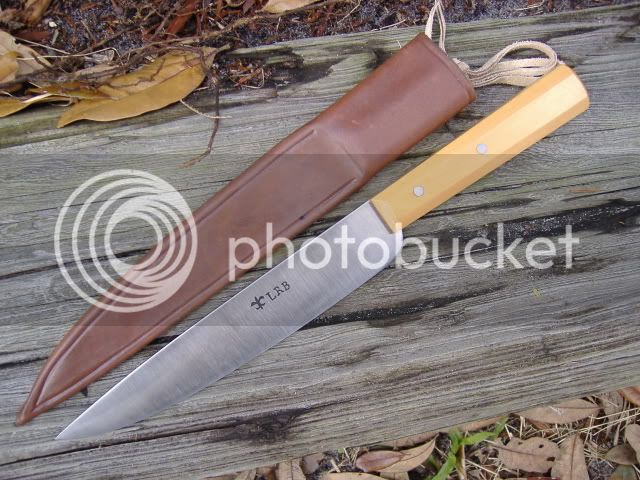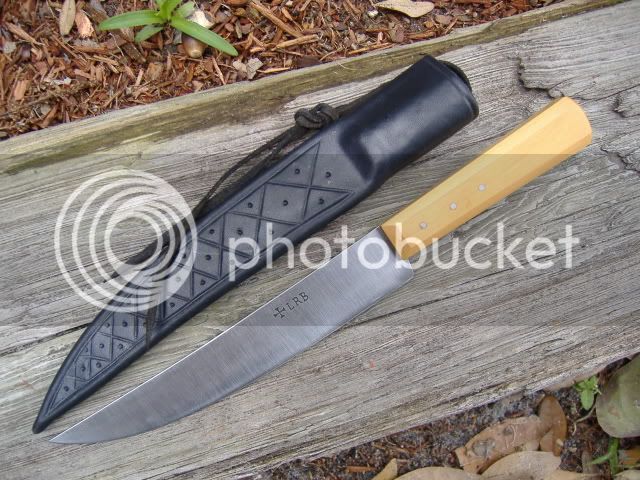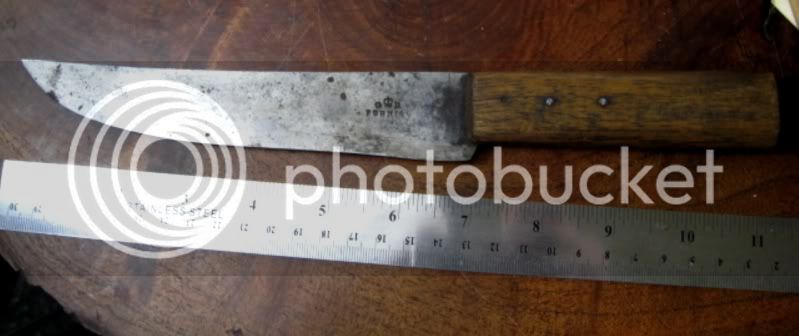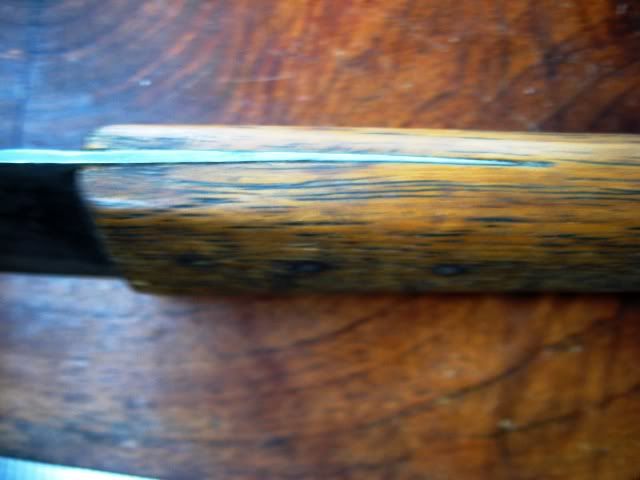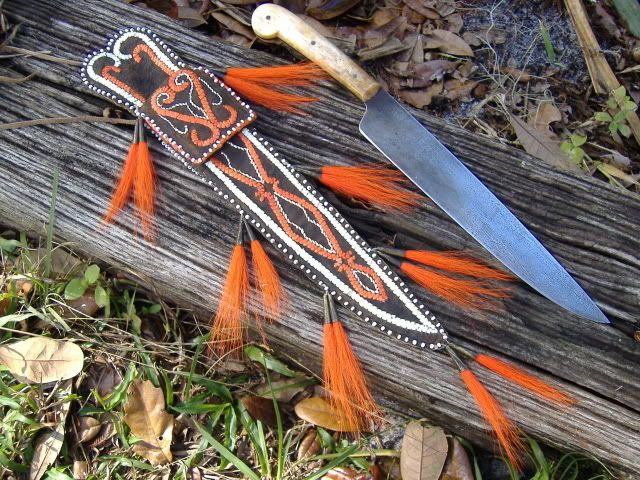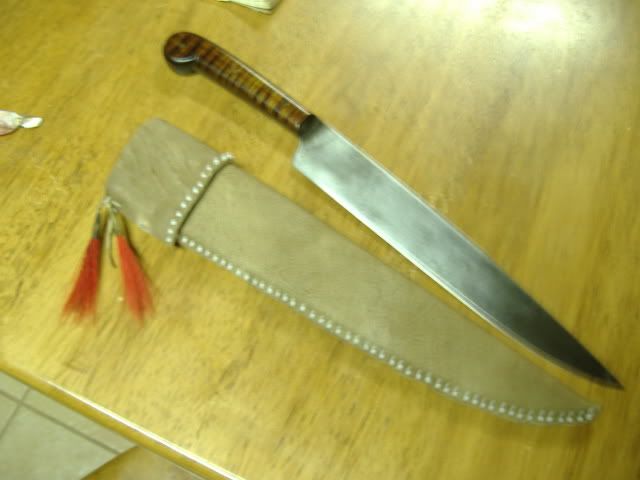S.Kenton
58 Cal.
I've been kicking around the idea of making an English scalping knife. I want to start with a blank and make my own scales out of my curly maple left overs from my rifle build. I've looked all over the net and can't seem to find any 6-7" scalping blanks...any ideas?
Thanks!
Thanks!





